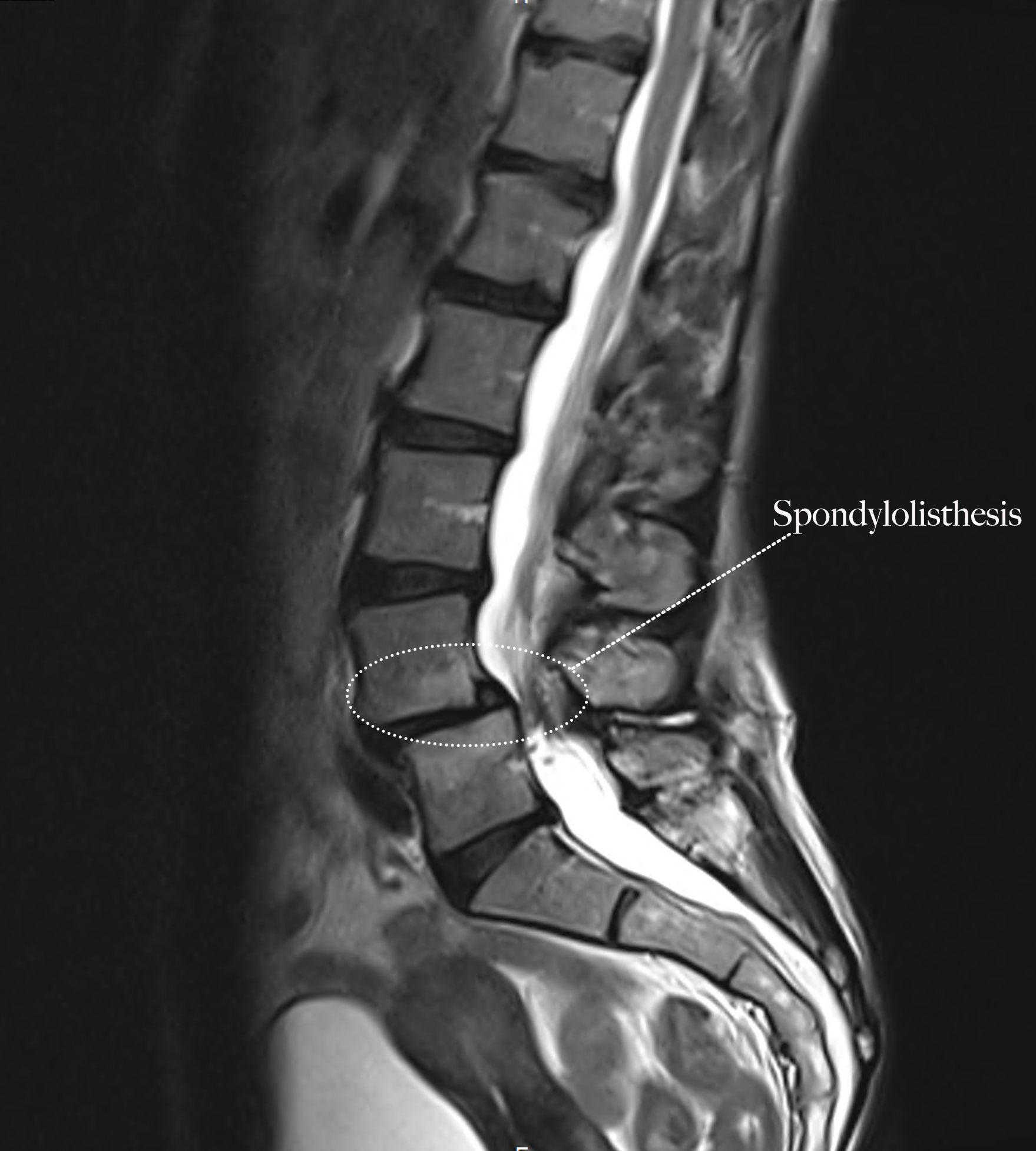Spondylolisthesis Treatment & Surgery Options
Most of the symptoms from spondylolisthesis are aggravated by standing, walking and other activities. Imaging tests such as MRI and CT scans are used to confirm the condition and demonstrate the degree of spine slippage in spondylolisthesis.
Treatment for spondylolisthesis will primarily depend on what type of spondylolisthesis it is and what symptoms the patient is displaying. Spondylolisthesis surgery may be necessary for treatment if medication, physical therapy, and exercise fail to keep the spondylolisthesis pain at a tolerable level.

Surgical treatment for spondylolisthesis must address the nerve compression symptoms, if they are present. This usually means that the nerves that exit the spine must be freed of all pressure and irritation.
The Bonati Spine Surgery For Spondylolisthesis
The Bonati Spine Procedures offer an array of proven surgical techniques to treat spondylolisthesis, among which Laminotomy is very common.
Laminotomy for Spondylolisthesis
A laminotomy is a common decompression surgery for spinal stenosis that resembles the laminectomy in its goals and technique. The difference between the laminectomy and the laminotomy is that the laminotomy involves making an opening in the lamina to gain access to the disc, where the laminectomy necessitates the removal of the lamina section of the vertebrae. In either case the goal is similar, relieve pressure on the affected area and allow the nerve roots room to heal. Both procedures are often utilized in order to give the surgeon the proper space to perform the foraminotomy.
The Bonati Spine Institute encourages patients with spondylolisthesis to contact us to request a no-obligation MRI review or discuss your conditions with our medical professionals. Find out why The Bonati Spine Procedures are considered to be among the world’s best solutions when it comes to advanced spine surgery. Your pain from spondylolisthesis can become a thing of the past.
